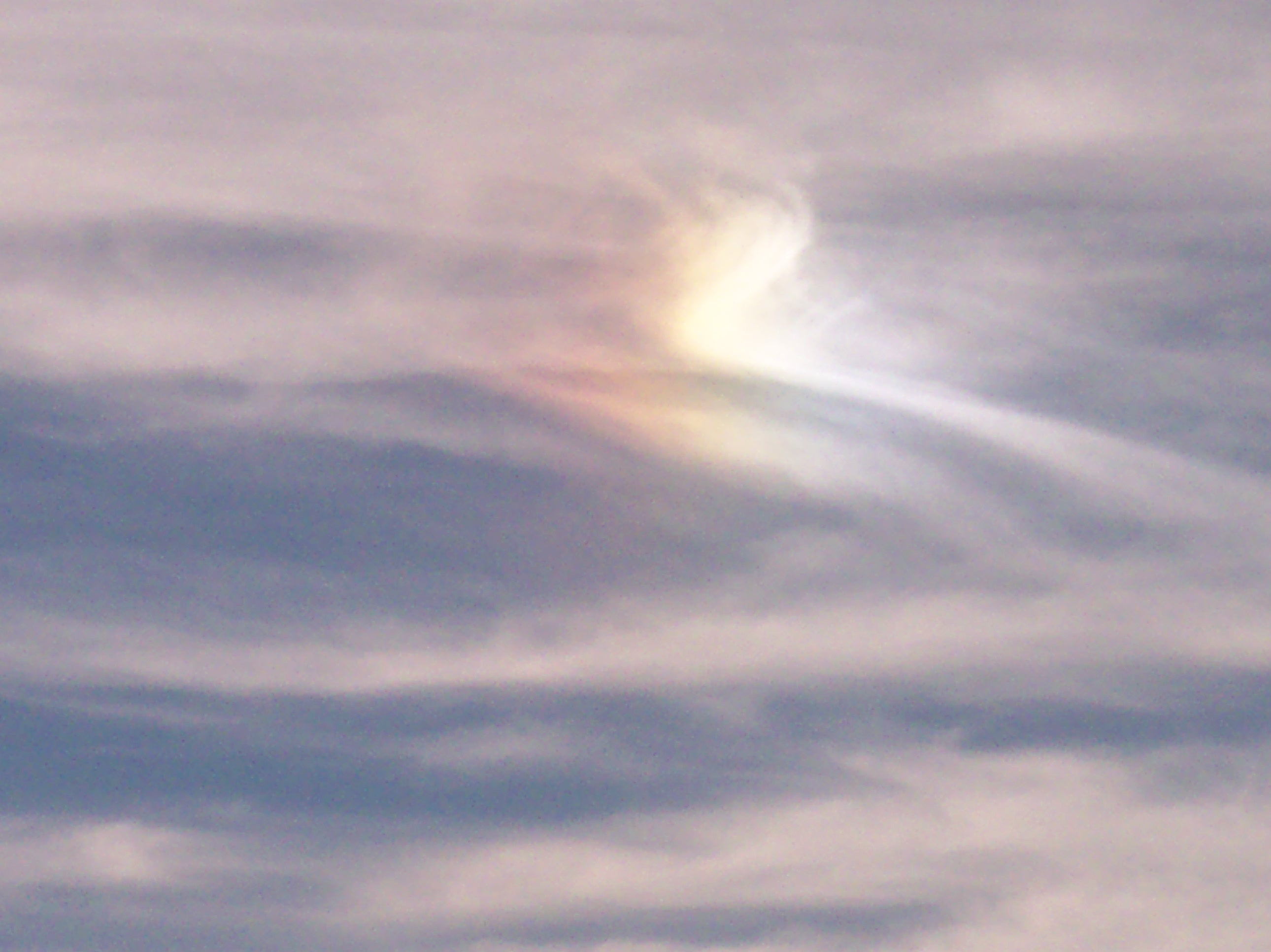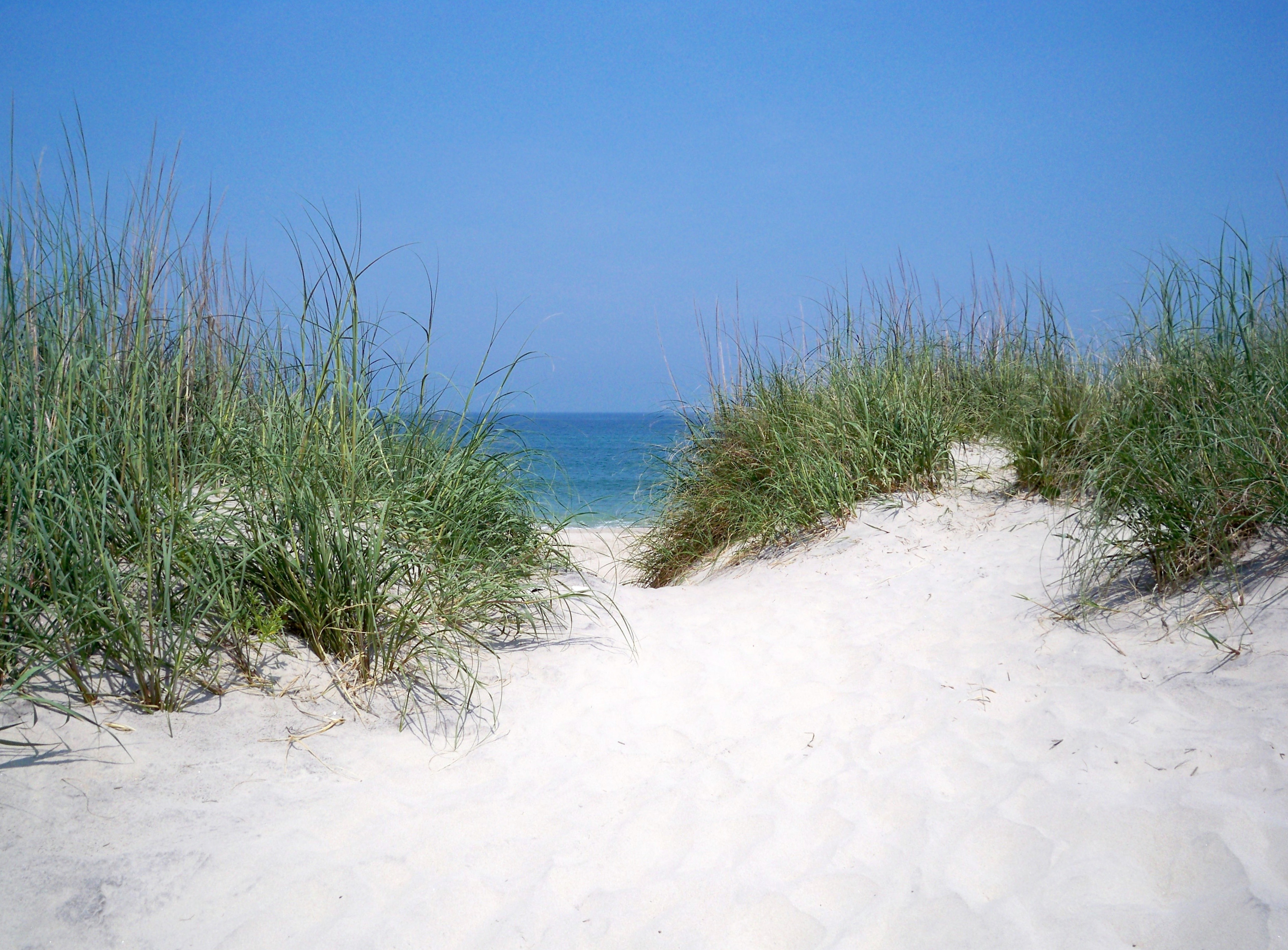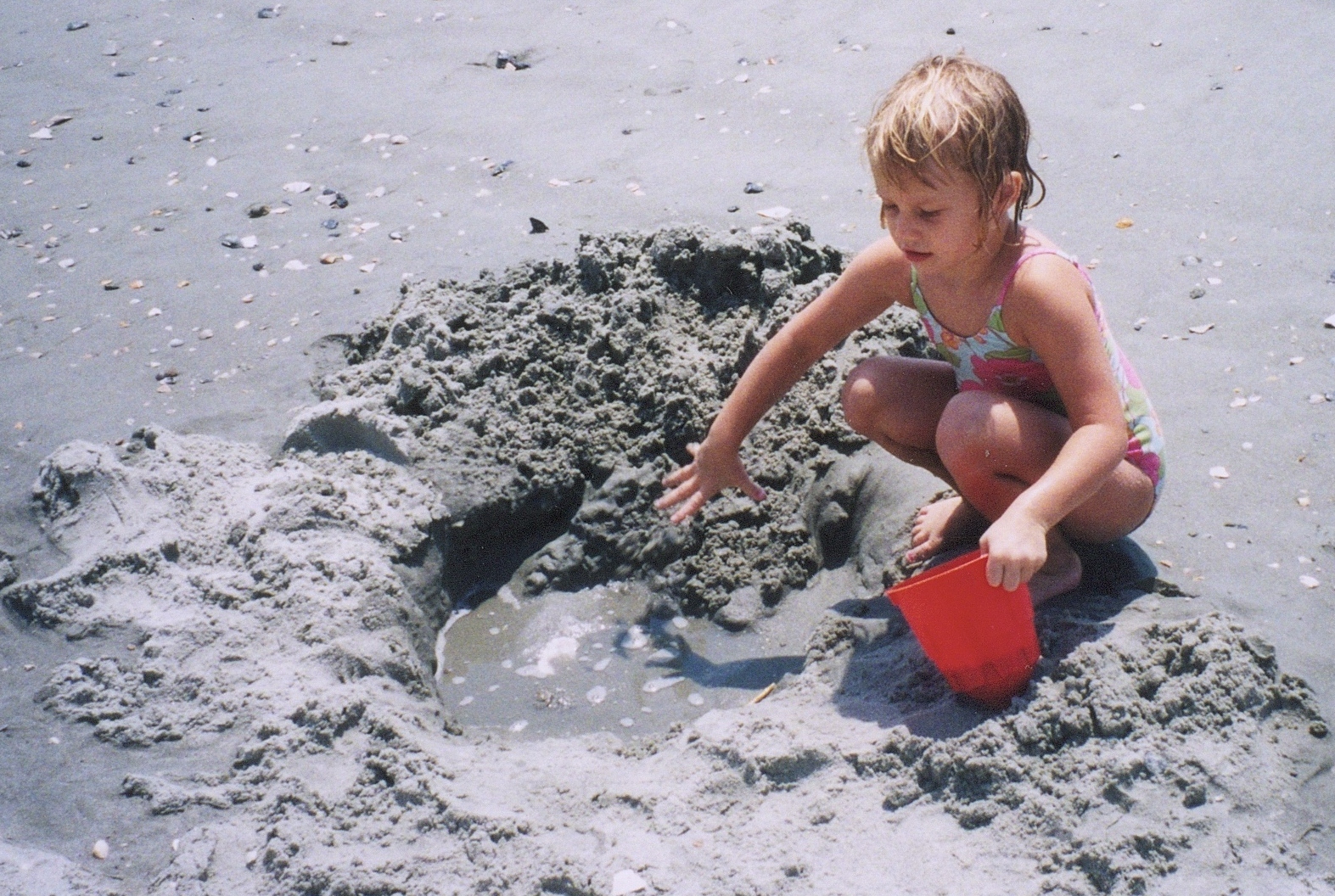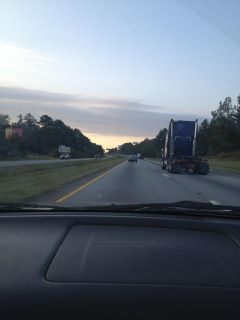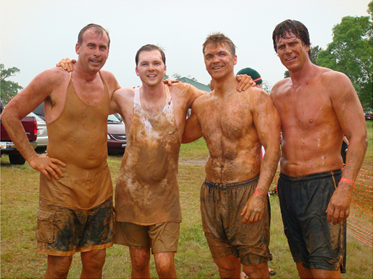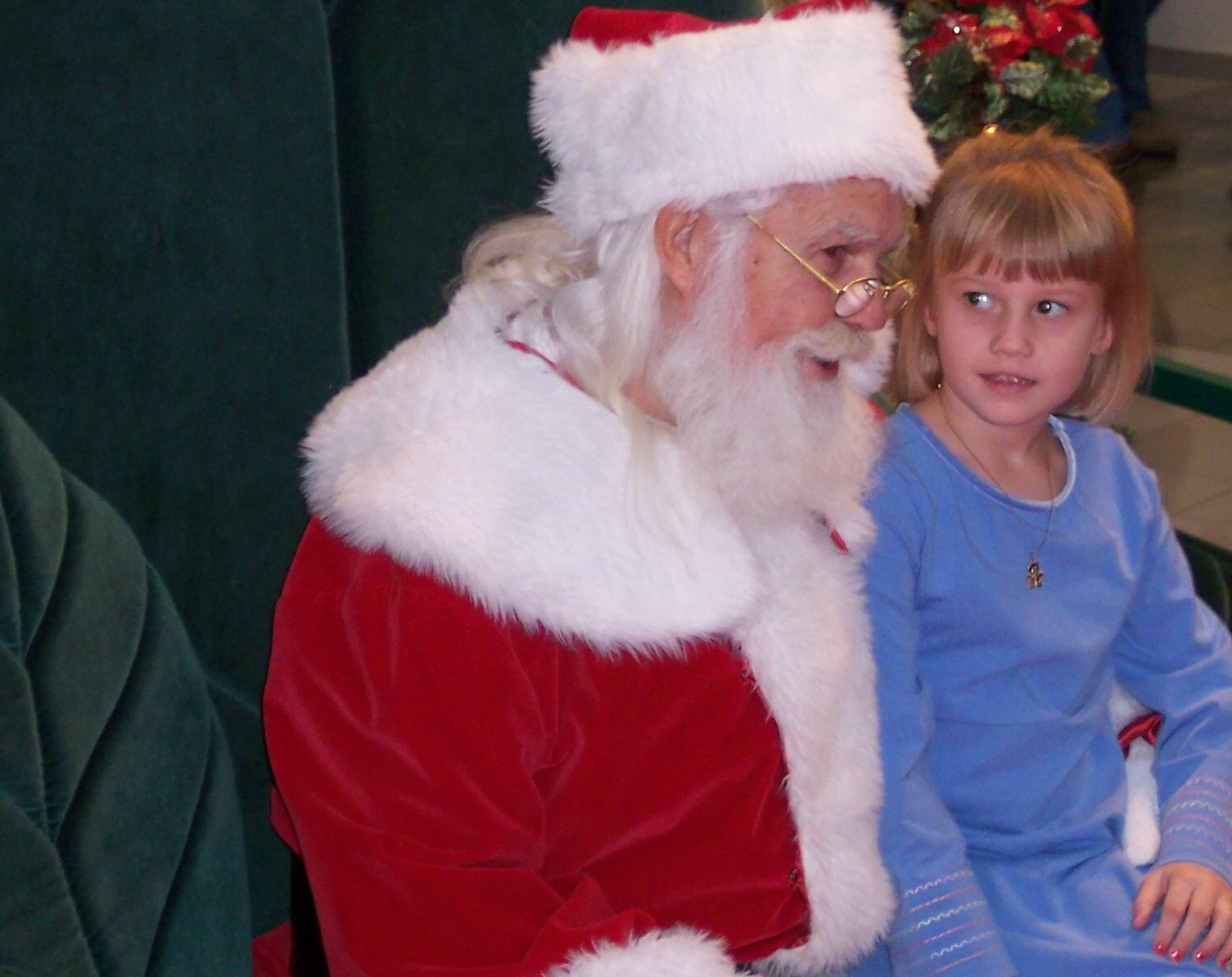
Taylor and Santa share a moment in 2003
“At one time most of my friends could hear the bell, but as years passed it fell silent for all of them. Even Sarah found that one Christmas she could no longer hear its sweet sound. Though I’ve grown old the bell still rings for me, as it does for all those who truly believe.”
-Chris Van Allsburg, The Polar Express
This holiday season is our sixth since doctors discovered that my little sister, Taylor, has infantile Batten disease. This is my 42nd post in 2011. It’s been a packed, whirlwind kind of year – for the rare disease and Batten disease communities…for my family…for me. And now, just 10 days shy of 2012, I’m exhausted; fresh out of inspiration for this blog.
When I’m wracked with writer’s block, like tonight, I’ll often go back and reread some of my five years’ worth of combined posts on my old blog, Transmissions, and this one for inspiration. I’ve found each year of our unexpected journey to be different than its predecessor, and my own words, read through the lens of increased experience, can be striking. But at the same time, little has changed…because after all, we’re still traveling the same cursed road, looking for an exit sign, hoping we’ll find it in time for T.
The following appeared on my original blog, Transmissions, on Dec. 31, 2008.
Reflections
There are about five hours (ten days) remaining, on the east coast at least, in 2008 (2011).
I hate New Year’s resolutions and rarely make them. Few of the ones I’ve ever made have lived to see February, and I say, why do we need a new year as an excuse to make a commitment to something important in our lives? Most New Year’s resolutions are hokey or clichéd, like losing weight. The only diet I ever really stuck to was the one I was forced to undergo six weeks before my wedding, when I realized on the day of my portrait shoot that my mother was a beanpole when she got married, and that I’d better starve myself if I hoped to wear her wedding dress for a full six hours (the hour on the front porch of Cone Manor that day was too much).
2008 (The span from 2008-2011) had its high points, but I’m ready to let it go. I began the year (four-year period) on a cross-country flight to Portland, Oregon, where my sister was slated to be the sixth and final participant in an experimental study that involved the complete shaving of the full head of hair she loved, the drilling of eight boreholes in her skull and a harrowing seven-hour brain surgery during which my family and I sat huddled in the waiting room of the children’s hospital, our fingers crossed and our hearts in our throats. Taylor’s acceptance into the study was a miracle – the decisive phone call from Portland the month prior left us in happy tears – but her participation in it was the scariest thing any of us had ever experienced. Our time in Oregon, like Taylor’s spot in the trial, was a contradiction. We slept little, and I will never forget the way Taylor looked in the recovery room following her surgery. If I had ever for a moment doubted that my sister was sick, I was sure of it then. On the other hand, we couldn’t all stay in her room around the clock, so my husband and my brother and I had the opportunity to see some of one of the most beautiful areas of our country. As nerve-wracking as that week was, I made some great memories on the road to Mount Hood, in the Columbia River Gorge and on the beaches of coastal Oregon. And on the plane ride home, John and I each said what we had both been thinking: Taylor had likely just been given the best chance of survival that any child with Batten Disease has ever been given.
Though the rest of the year (following four years) unfolded more quickly than I could record it (them), those eight days in Portland will stand still in time forever. I still feel as though someone else lived them in my body as I watched from a distance, invisible and silent to the world around me. These last 12 months (five years and five months) since the diagnosis, I’ve watched the disease take bits and pieces of my sister that it didn’t already have, but I’ve also watched her learn the Braille alphabet and heard her laugh, again and again. I’ve put blood, sweat and tears into fundraising and building awareness – and it has never been easy – but I’ve had the honor of helping start a non-profit named for my sister, and as much as I fret over the talks I give at our events – as shy as ever – I’ve seen the tears in people’s eyes and felt the warmth in their hands and their hugs after I’ve finished. I’ve watched my family continue to bond and rally around this cause, but I’ve been there on the worst days, too – the days the reality of Taylor’s disease hits us hard in the face. I’ve been there on the days that even when it seemed as though it couldn’t get any worse – as we’ve realized once again that Taylor has a disease no child has ever survived – another family member had a heart attack, or suffered a bad fall, or just went through a hard time. On the night one of my mom’s brothers had a heart attack, I asked her other brother what was happening, and he simply replied, “The sky is falling.” And right then, it was. But before the sky crashed down on us, we came together, and put up our hands, and with all of our might, we pushed the sky right back up again to where it belonged. And the next morning, the sun rose in that sky.
I’m not just anxious about 2009 (2012)…I’m terrified. I’m not lost on the fact that Taylor has a degenerative disease, and that until she is cured, she will only continue to decline until there is nothing left of the sister I love. In between my nightmares, though, are the good dreams – the ones where the clouds have parted, and the shades over her eyes have been lifted, and she can see once again, and the disease eating away at her has been banished forever. I know that for every good day, there may be a bad one, and vice versa. Tomorrow we may feel lost, but the next day we may only BELIEVE. The harder it rains one day, the brighter the sun shines the next. I can’t live thinking there won’t be more good news, lots of good news. I have to see the good in the bad. I have to BELIEVE that we will find the cure. And I do.
So bring it on, 2009 (2012). I know there is good to be had in your days. I know there will be tears and frustrations. I know there will be setbacks, but there will also be progress. We have nowhere to go but up. And I’m going to keep on jumping.
Nearly three years after writing that post – true to my word – I’m still jumping. My landings aren’t always that soft, and the bell doesn’t ring quite as clearly as it once did, but we are still here, fighting, believing. And so the bell still rings for T.
Happy holidays to all of our supporters. Thank you for helping us believe.

 I felt just as close to Him one day four months ago, when we hiked to a remote, glacier-carved lake in North Cascades National Park on the Canadian border. When I first laid eyes on that scene, I knew that only divine hands could have created something so wonderful.
I felt just as close to Him one day four months ago, when we hiked to a remote, glacier-carved lake in North Cascades National Park on the Canadian border. When I first laid eyes on that scene, I knew that only divine hands could have created something so wonderful.